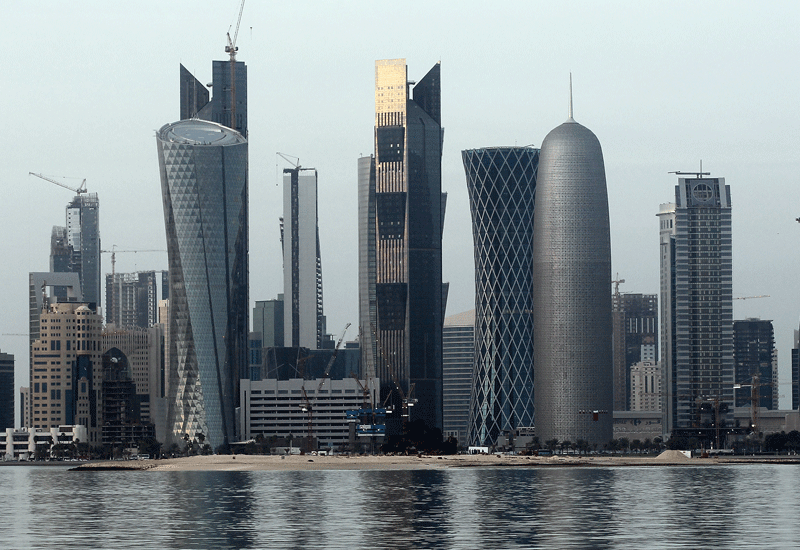Doha, October 05 – Qatar’s economy continued to maintain its strong growth momentum in the second quarter of 2013, said QNB Group in its weekly analysis statement issued here Saturday.
Qatars real Gross Domestic Product (GDP) expanded at a robust 6.0% pace (year-on-year), spurred by double-digit growth in construction, transport and communication, and financial, real estate, and business services. The economy expanded at a similar pace in the first quarter of 2013, according to revised figures.
QNB Group expects real GDP growth to accelerate during the second half of the year (reaching 6.5% for the full year) and into 2014 (6.8%), as the implementation of large infrastructure projects accelerates and higher population boosts aggregate demand.
The growth figures for the second quarter of 2013 confirm the continued process of economic diversification of Qatars economy away from its traditional role as a hydrocarbon exporter towards a manufacturing and services hub. The oil and gas sector only expanded by 1% year-on-year in second quarter of 2013, reflecting the moratorium on further exploration of the North Field. On the other hand, financial, real estate, and business services was the fastest growing sector (15.4% year-on-year), as banking intermediation accelerated and real estate services were boosted by the growing population.
Construction activity accelerated (11.4% year-on-year) as Qatars infrastructure development program is gathering momentum. In addition, manufacturing grew by 6.4%, boosted by production from the new Pearl gas-to-liquids (GTL) facilities.
The actual figures for the second quarter of 2013 are in line with QNB Groups full-year forecast of 6.5% growth in 2013 and 6.8% in 2014, as highlighted in QNB Groups latest report ‘Qatar Economic Insight’.
The acceleration in economic activity in the second half of 2013 is expected to be driven by the implementation of additional large infrastructure projects, like the Doha Metro Rail project. The key driver of growth will therefore continue to be the non-hydrocarbon sector at least until 2015, when the Barzan gas project is expected to start production.
QNB Group weekly analysis report pointed out that large infrastructure investment program will have a direct effect on growth through higher investment spending and an indirect effect through population growth. A new wave of expatriate workers is coming into Qatar to respond to higher labor demand from infrastructure spending.
As a result, we expect population and thus the labor force to grow rapidly over the next two years. This increased level of job growth, and thus higher disposable incomes, should boost aggregate domestic consumption, which will be a key driving force of GDP growth in the medium term.
Whilst the rapid expansion of Qatars economy does not seem to be running into any major supply-side bottlenecks, the rapidly expanding population is indeed putting some strain on the countrys infrastructure networks. Indeed, with Qatars population more than tripling in the last 12 years, there has been a parallel increase in the number of vehicles on the roads (876,039 vehicles in 2012, compared with 287,500 in 2000).
However, large infrastructure projects are being rolled out, such as, the new Doha Port and the new Hamad International Airport, which will greatly ease some of the infrastructure constrains facing the transportation system going forward.
Furthermore, consumer price index (CPI) inflation has stabilized at a moderate level (3.1%) in August 2013. Rents, which are nearly a third of the CPI, are rising but the rate of rental increases has been slowing in recent months while non-rent inflation has fallen. The latest CPI inflation data is in line with QNB Groups forecast for 3.6% inflation in 2013 as a whole, increasing slightly to 3.8% in 2014.
Looking ahead, with strong growth, stable inflation and high current account surpluses, Qatar’s economic momentum for the second half of 2013 and throughout 2014 is expected to strengthen. Large-scale infrastructure spending, as part of the build-up towards the 2022 World Cup in Qatar, will drive the expansion in construction and transportation, while strong population growth leads to higher aggregate demand for housing, financial and social services.
Source: Qatar News Agency












